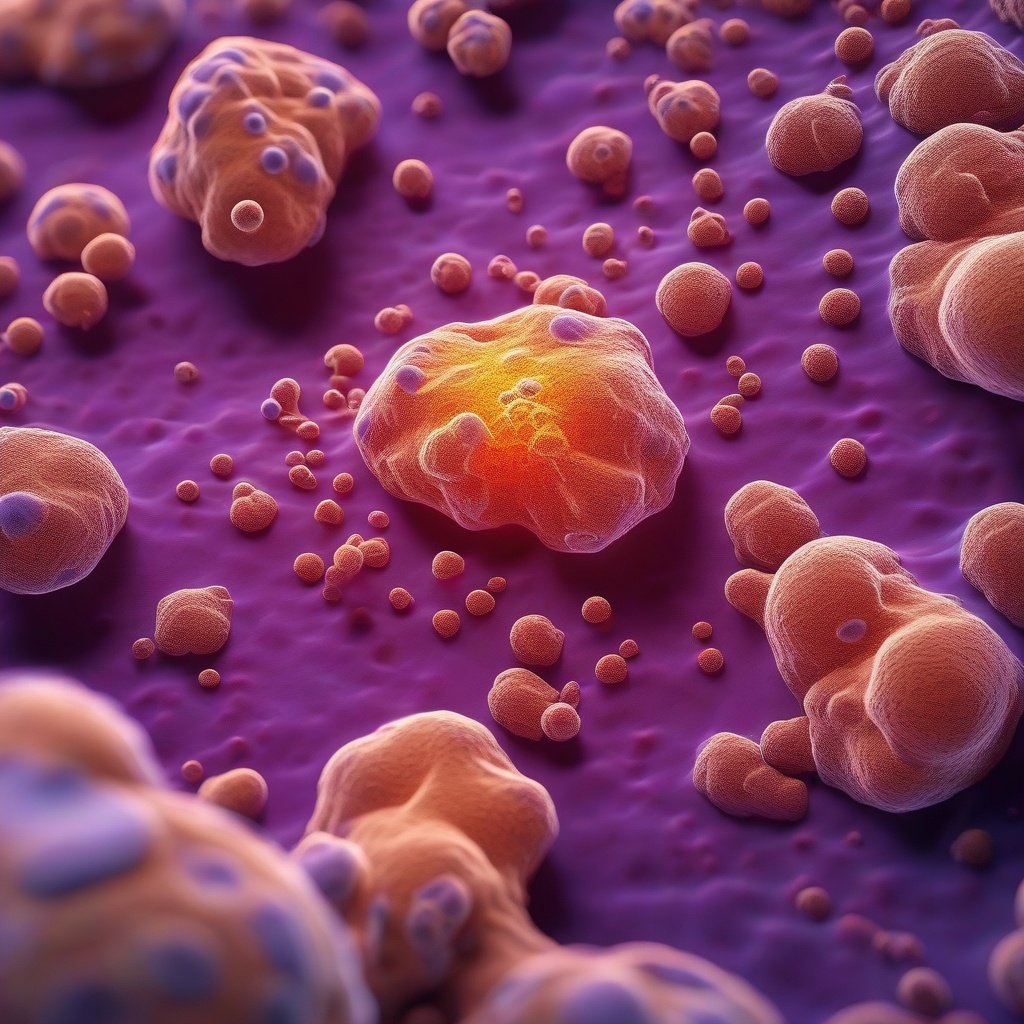Understanding Pre-Diagnostic Systemic Mastocytosis Without Skin Symptoms and Its Implications Fully
Mast cell diseases, including Pre-diagnostic Systemic Mastocytosis (PD-SM) and systemic mastocytosis, are complex conditions characterized by the abnormal growth and accumulation of mast cells in various tissues and organs. These diseases can manifest with a wide range of symptoms, from mild to severe, and can significantly impact a patient’s quality of life. In this article, we will focus on Pre-diagnostic Systemic Mastocytosis without skin symptoms, exploring its implications and the importance of early diagnosis.
What is Pre-Diagnostic Systemic Mastocytosis?
Pre-diagnostic Systemic Mastocytosis (PD-SM) is a subtype of systemic mastocytosis that is characterized by the presence of mast cell infiltrates in various tissues and organs, but without the diagnostic criteria for systemic mastocytosis being fully met. This condition is often considered a prodromal or pre-diagnostic phase of systemic mastocytosis, where patients may not yet exhibit the characteristic skin lesions (mastocytomas or urticaria pigmentosa) commonly associated with the disease.
Systemic Mastocytosis: A Brief Overview
Systemic mastocytosis is a rare disorder characterized by the abnormal growth and accumulation of mast cells in various tissues and organs, including the skin, bone marrow, liver, and gastrointestinal tract. The disease can manifest with a range of symptoms, including:
- Skin lesions (mastocytomas or urticaria pigmentosa)
- Pruritus (itching)
- Flushing
- Headaches
- Fatigue
- Abdominal pain
- Diarrhea
Pre-Diagnostic Systemic Mastocytosis Without Skin Symptoms
In some cases, patients with PD-SM may not exhibit the characteristic skin lesions commonly associated with systemic mastocytosis. This can make diagnosis challenging, as the condition may not be suspected or considered in the differential diagnosis. Patients with PD-SM without skin symptoms may present with nonspecific symptoms, such as:
- Fatigue
- Muscle pain
- Joint pain
- Abdominal pain
- Diarrhea
- Weight loss
These symptoms can be similar to those experienced by patients with other conditions, such as irritable bowel syndrome, fibromyalgia, or anxiety disorders, making diagnosis even more challenging.
Implications of Pre-Diagnostic Systemic Mastocytosis
Early diagnosis of PD-SM and systemic mastocytosis is crucial, as it can significantly impact patient outcomes and quality of life. Untreated, these conditions can lead to:
- Organ damage (e.g., liver, spleen, or bone marrow)
- Increased risk of infections
- Anaphylaxis
- Reduced quality of life
Diagnostic Challenges and Considerations
Diagnosing PD-SM and systemic mastocytosis can be challenging, particularly in patients without skin symptoms. A comprehensive diagnostic evaluation should include:
- Medical history and physical examination
- Laboratory tests (e.g., complete blood count, liver function tests)
- Imaging studies (e.g., bone marrow biopsy, CT scans)
- Mast cell mediator testing (e.g., tryptase, histamine)
- Genetic testing (e.g., Kit mutation analysis)
Conclusion
In conclusion, Pre-diagnostic Systemic Mastocytosis without skin symptoms is a challenging condition to diagnose, but early recognition and diagnosis are crucial to prevent long-term complications and improve patient outcomes. Healthcare providers should consider PD-SM and systemic mastocytosis in the differential diagnosis of patients with nonspecific symptoms, such as fatigue, muscle pain, and abdominal pain. Further research is needed to better understand the pathophysiology of these conditions and to develop effective treatments. To read more about recent studies on this topic visit: this link.



